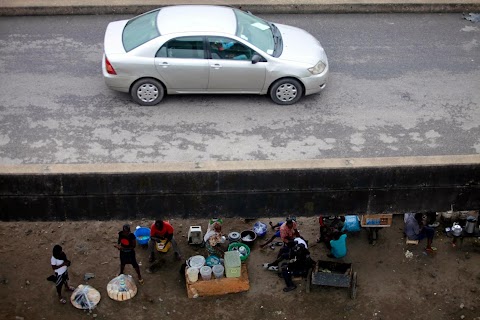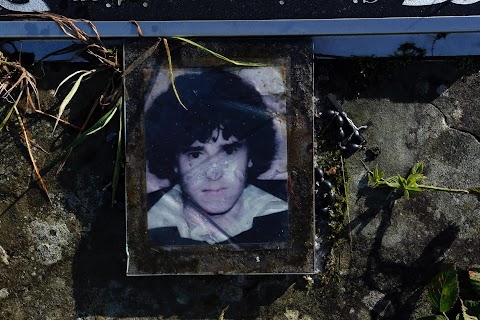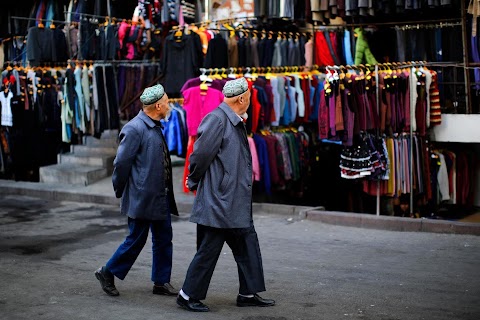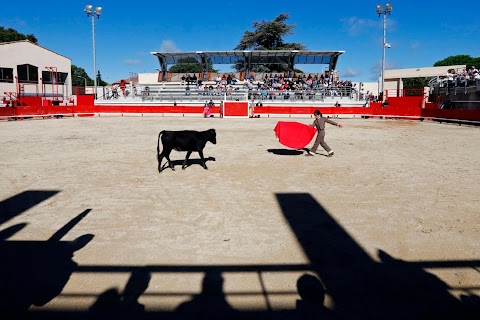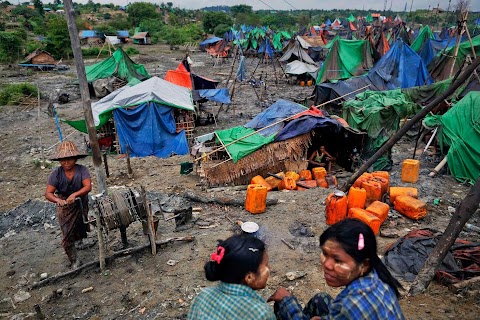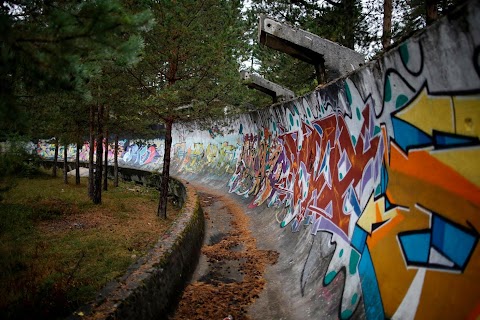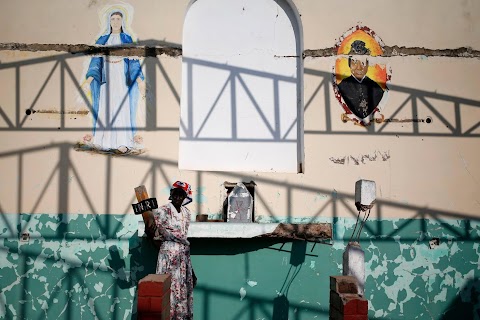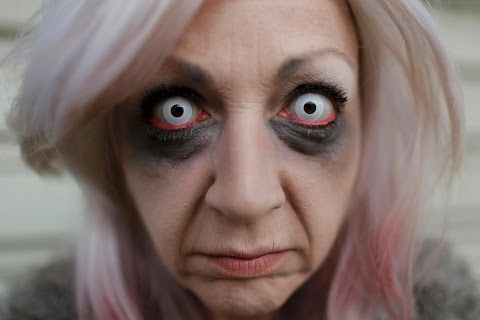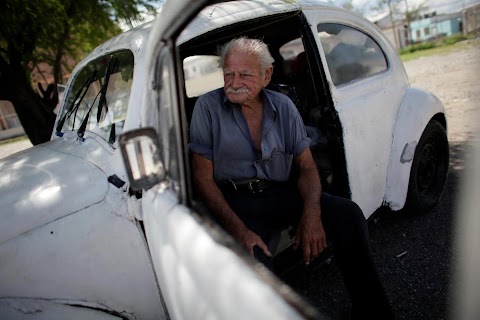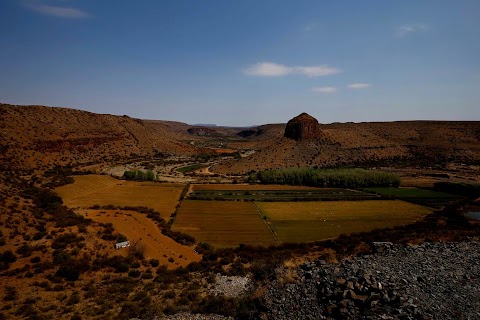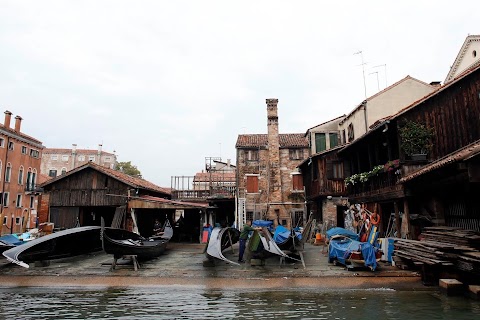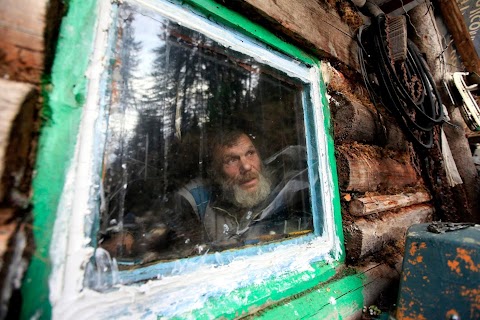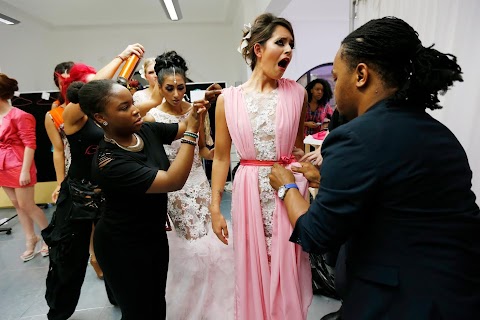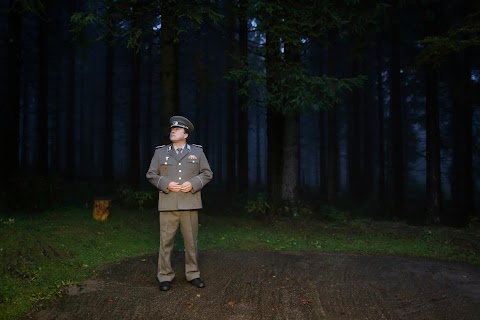
Living with 'werewolf syndrome'
 Navesh Chitrakar
Navesh Chitrakar
Niraj Budhathoki is a 12-year-old boy from Nepal who suffers from a rare genetic disorder. Officially known as Congenital Hypertrichosis Lanuginosa (CHL), it causes excessive body hair growth and is sometimes referred to as “werewolf syndrome”.
Niraj’s mother and some of his siblings have the same condition, and they are undergoing laser hair removal to reduce their symptoms.

Niraj’s mother Devi Budhathoki says she is the first in her family to suffer from CHL. She has five children with her husband Nara, three of whom also have the disorder.
Devi’s main concern is not her genetic condition, however, but how to make ends meet in a remote and underdeveloped part of Nepal.
The family lives in a hilltop village in a small house with a kitchen, a shared bedroom and no lavatory and they eat the crops they grow in their fields.

Devi and her children, including 14-year-old Manjura who is pictured here, have been receiving laser hair removal treatment at a hospital in Kavre, on the outskirts of Kathmandu.
The hospital’s management offers them this service for free, in recognition of their poor background. Even so, Devi struggles to scrape together enough money to cover the costs of travelling there.
The hair removal sessions help to mitigate the family's symptoms, but the hair still grows back and they have to return for more treatment.
Slideshow

Twelve-year-old Niraj Budhathoki sits under the shade of a tree in the remote village where he lives with his family.

Niraj's father talks to him and his seven-year-old sister Mandira as they look out of the window of their house.

Mandira, the youngest member of the family to suffer from CHL, plays with goats in their cattle shed.

Devi Budhathoki dries her clothes outside the family home.

Students stand in line during assembly at the school where Niraj, Mandira and Manjura study.

Manjura draws in an exercise book at school.

Mandira stands next to a friend outside a classroom.

The seven-year-old poses for a photograph as she plays outside her home.

Her brother Niraj drinks water from a stream in their village.

Niraj pulls on a t-shirt.

Devi Budhathoki poses for a picture next to her 65-year-old husband Nara.

Devi looks in a mirror as her daughter Manjura undergoes laser hair removal at the hospital in Kavre, on the outskirts of Kathmandu.

Niraj reacts in pain as he receives hair removal treatment.

He lies on a hospital bed during the treatment session.

Niraj poses for a photograph before undergoing the hair removal treatment.

His sister Manjura poses for a picture before her treatment.

Devi poses for a picture before doctors help to remove her body hair.

Devi, Manjura and Niraj smile for the camera after their treatment.

Seven-year-old Mandira poses for a photograph.
